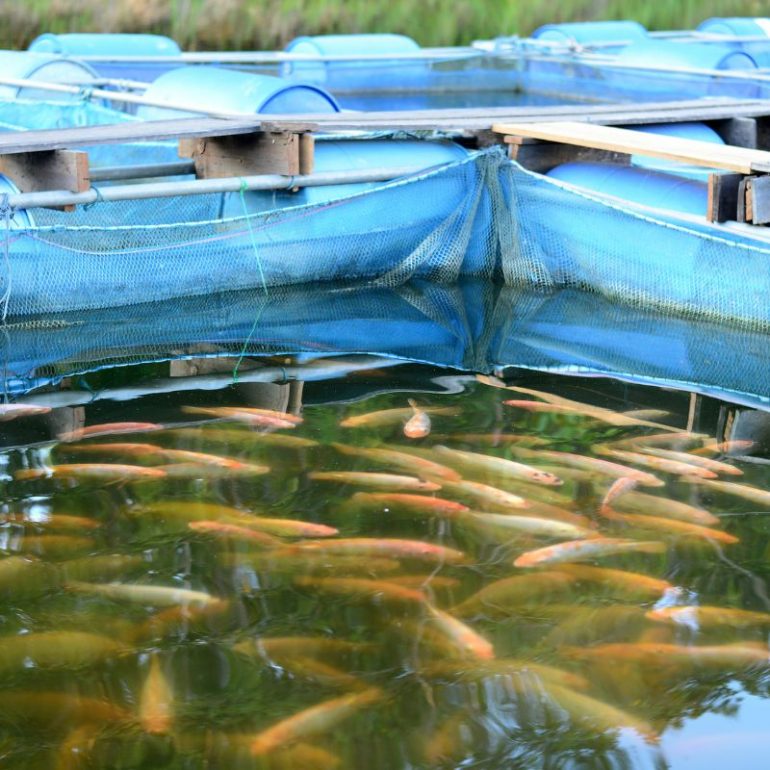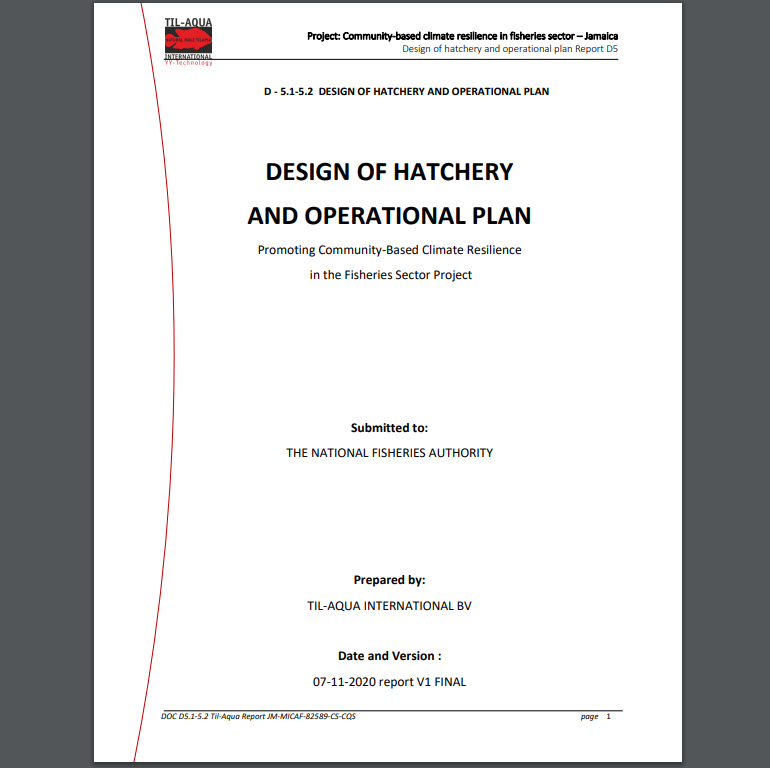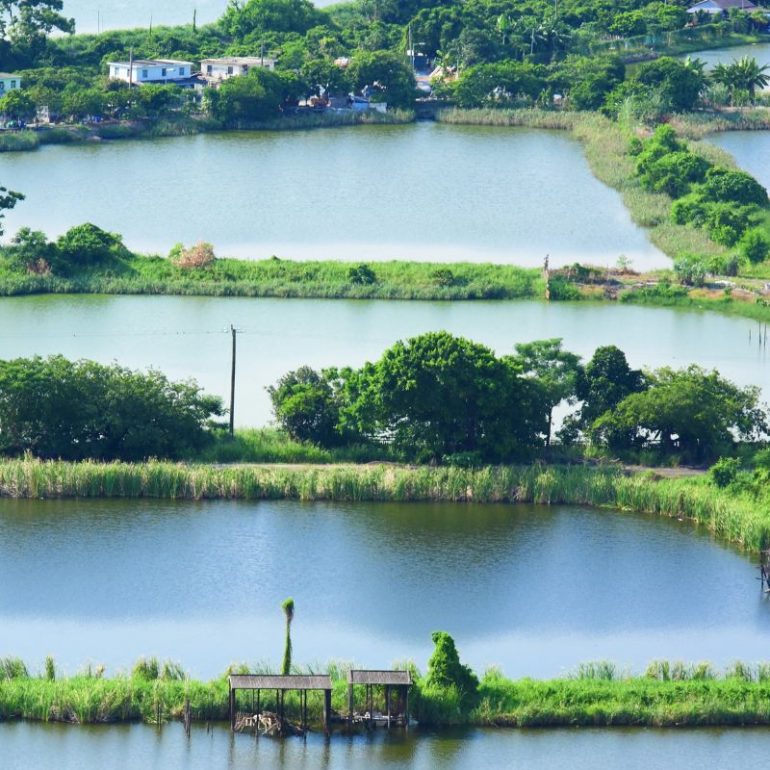
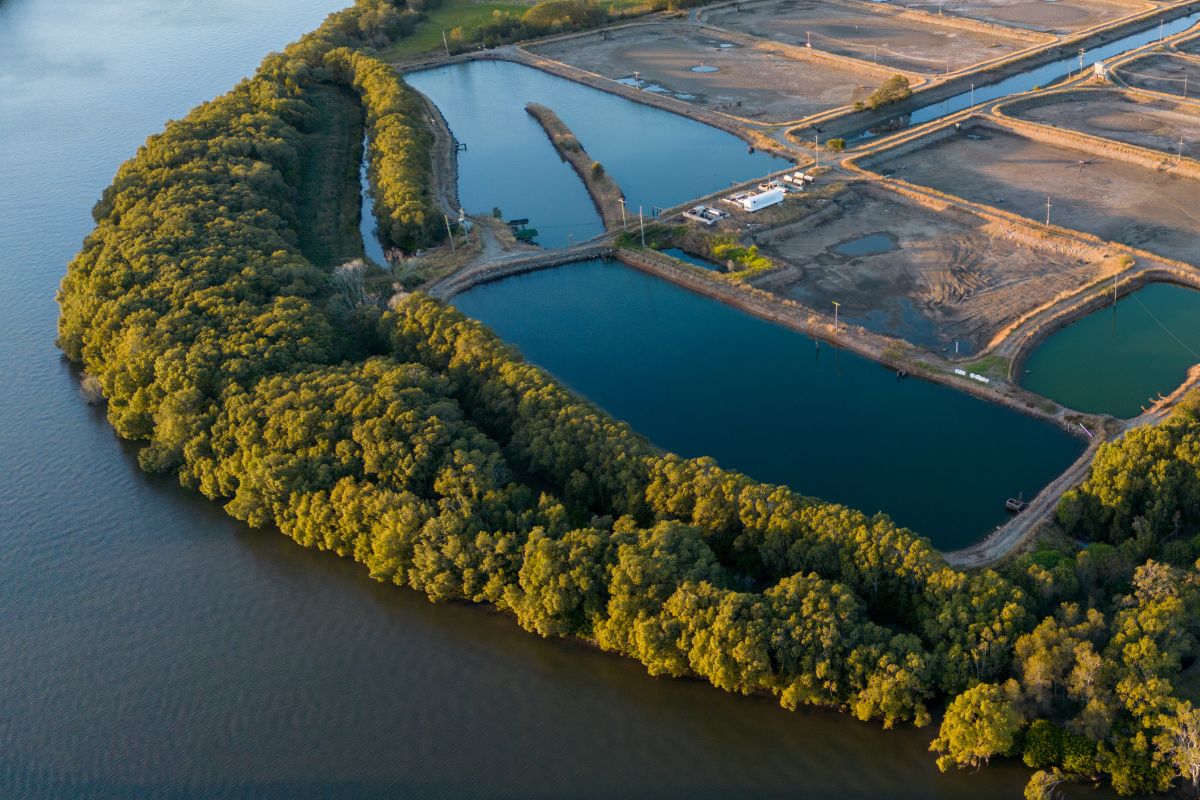
- Date: 31 May 2021
- Client: Ministry of Agriculture & Fisheries
- Category: Aquaculture, Report
- Address: 6 Hope Gardens, Kingston
Assessment of the Aquaculture Value Chain Incorporating Sensitivity to Climate Change
This report discusses the outputs of a climate sensitive network value chain assessment undertaken for the tilapia and ornamental fish industries of Jamaica. Given the significant threat posed by climate change to aquaculture production globally, this assessment departs from the premise that it is critical to understand how different components of a value chain are susceptible to climate phenomena: The more adapted is a value chain to potential climate change threats, the more capable it will be to retain and enhance its competitive advantage.
How does it work?
Overall, this study finds that there are differentiated risks and opportunities generated by climate change along the tiers of the two value chains. Analysis of observed meteorological records show a warming and drying trend across the Region, as well as an increase in the frequency of high intensity hurricanes (Category 4 and 5), making imperative the development of best climate-smart practices for the sector. Input suppliers and producers are more susceptible to droughts, floods and changes in temperature, given the impact of these climate hazards on productivity and access to farms (during floods). Conversely,
processors, vendors, retailers and exporters show a higher sensitivity to storms and hurricanes, given the potential impact of extreme weather events on infrastructure and processing/storage equipment.
Key recommendations for the Aquaculture Division are:
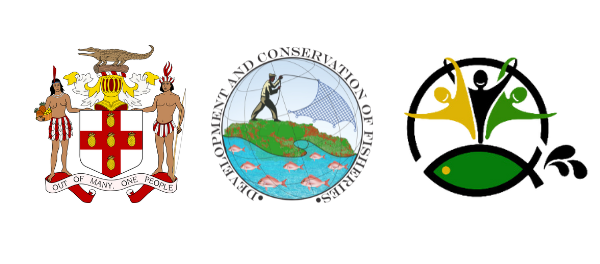
The assessment of NFA documents shows that current plans and strategies in the aquaculture sector help to respond to climate change adaptation challenges and opportunities along both value chains, and generate a more enabling environment for private sector adaptation. However, there is a clear need for the consolidation and expansion of business-to-business and public-private partnerships to satisfy the adaptation needs of both value chains.
Under this context, the Aquaculture Division has an important role to play in the facilitation of stakeholder’s dialogues and cluster development that would help to realise the adaptation opportunities for the sector.
The FULL Report


